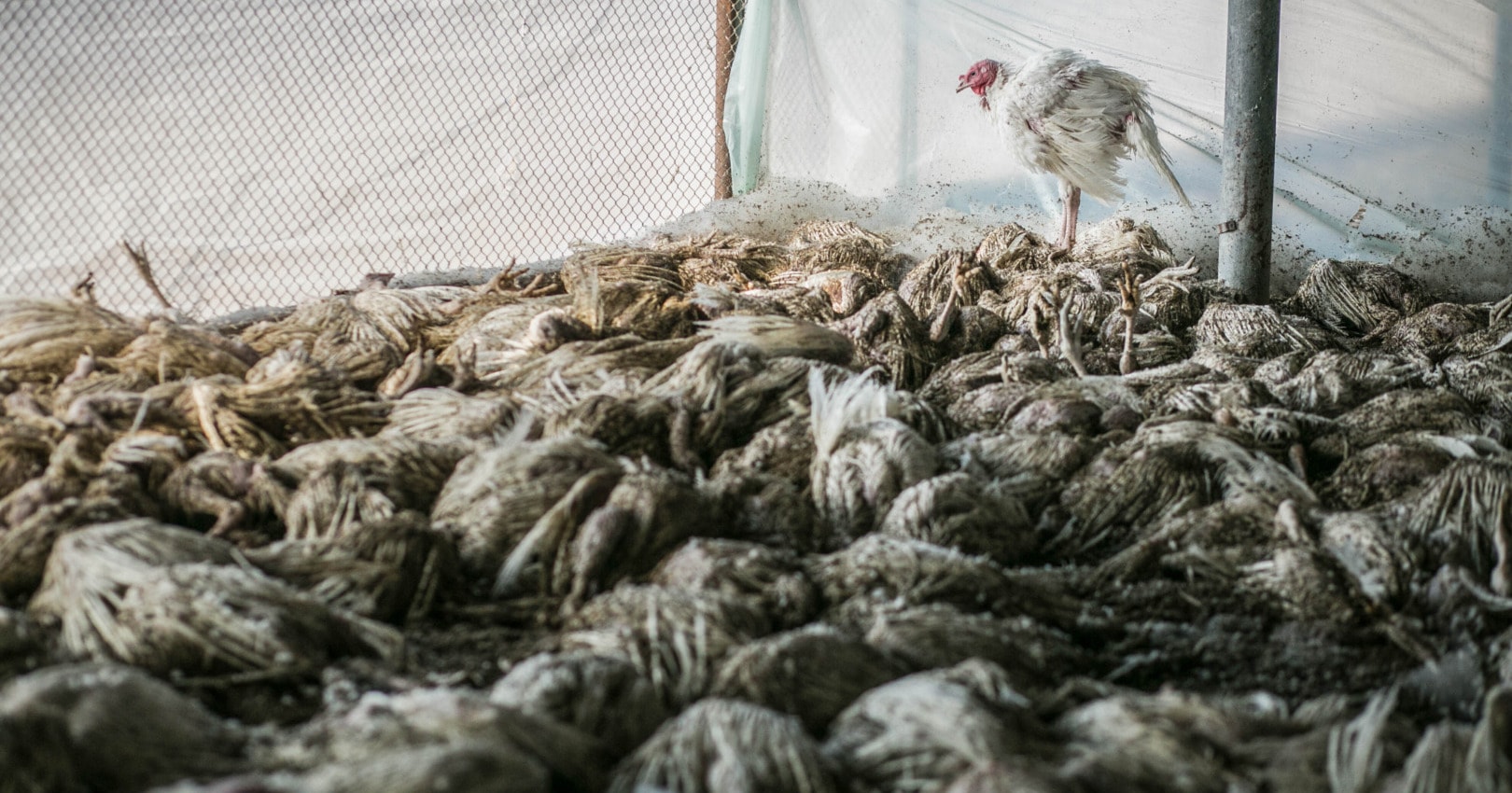“Disease X” is a name for an illness caused by a presently unknown, yet serious microbial threat. The idea is for society to be ready to rapidly and effectively respond to any as yet unknown disease that may arise to seriously threaten human health.
By getting scientists to work on medical countermeasures for unknown threats, not just known ones, it is hoped that vaccines, tests, and therapies can be rapidly deployed in the advent of any new COVID-style pandemic.
The term, Disease X, was coined by the World Health Organisation (WHO) and put on their list of priority diseases. It is intended to focus research on entire classes of viruses, rather than individual strains. In a 2022 statement on the subject, the WHO defined the term: “Disease X is (used) to indicate an unknown pathogen that could cause a serious international epidemic.”
Should we be worried?
It is important to remember that the term Disease X does not refer to any specific disease, rather it is a hypothetical concept of an as-yet-unknown disease that could arise in the future and turn into the next pandemic.
Unfortunately, the possibility of another COVID-19-style pandemic breaking out in the future is high. The changing state of the world that we live in could certainly generate another pandemic.
Thomas Russo, infectious diseases expert at the University of Buffalo Jacobs School of Medicine and Biomedical Sciences explains: “As mankind breaks down these barriers through live animal markets and deforestation, we need continued surveillance and studies and improved biosecurity across the world.”
Disease X and climate change
“Over half of known human pathogenic diseases can be aggravated by climate change,” a report, published in August 2022 by the international weekly scientific journal Nature, pointed out. “We found that 58% (that is, 218 out of 375) of infectious diseases confronted by humanity worldwide have been at some point aggravated by climatic hazards.”
There are several ways in which climate change can impact disease. With the flooding predicted by the rising sea levels due to the melting of the polar ice caps, we can expect not only flooding but also waterborne diseases. Global warming could also cause defrosting of the tundra releasing many pathogens that could prove deadly.
Related Articles: Why One Health is Key To Address Future Pandemics | Pandemic: A Gateway to a Better World? | It’s Time to Get Serious About Preventing Pandemics
Mass migration from overheated areas could lead to the spread of new pathogens while refugee camps that are likely to be set up are notorious for being breeding grounds for disease.
As temperatures rise and more areas become uninhabitable, animals and humans could be forced together in close quarters, increasing the likelihood of a disease jumping from one species to another. Warmer weather also means that there could be an increase in pests such as mosquitos or ticks that carry infectious diseases.
Warmer oceanic conditions could also lead to deadly algae blooms that not only pose a threat to marine life but could generate diseases harmful to humans too.
Finally, climate change could affect the human immune system itself. Hotter conditions put more strain on the immune system and heatwaves could generate diseases that are resistant to them.
What can be done to prevent the Disease X’s of the future?
Research and funding is being poured into preventing the pandemics of the future. There will be a new World Health Organisation Hub for Pandemic and Epidemic Intelligence in Berlin. This is a five Billion dollar US initiative to develop new vaccines and treatments for COVID-19, named Project NextGen.
There will also be $262.5 million in funding for a US network dedicated to detecting and responding to public health emergencies (such as Disease X-style pandemics).
Another project, called The Global Virome Project, aims to stop threats from animal diseases jumping species. And there’s also the new World Bank-approved fund for pandemic prevention, preparedness and response.
Help from the World Bank
The World Bank is an international organisation dedicated to reducing poverty by lending money to the governments of its poorer members. In September 2022, it established a Pandemic fund aimed at providing multi-year grants to help low- and middle-income countries to better prepare for any future pandemic.
In February 2023, the board of the Pandemic Fund approved $300 million for its first round of funding to help developing countries better prepare for and respond to future pandemics. The money is intended to help with things like disease surveillance, laboratories, emergency communication coordination and management, critical health workforce capacities and community engagement.
You can read more about the work of the World Bank to help fight future pandemics in the following Impakter articles:
Hopeful Signs for Global Public Health? We’ve Seen This Before
One Health: The International Community Takes A New Step Forward
Editor’s Note: The opinions expressed here by the authors are their own, not those of Impakter.com — In the Featured Photo: Coronavirus SARS-CoV-2. Featured Photo Credit: Wikimedia Commons.













